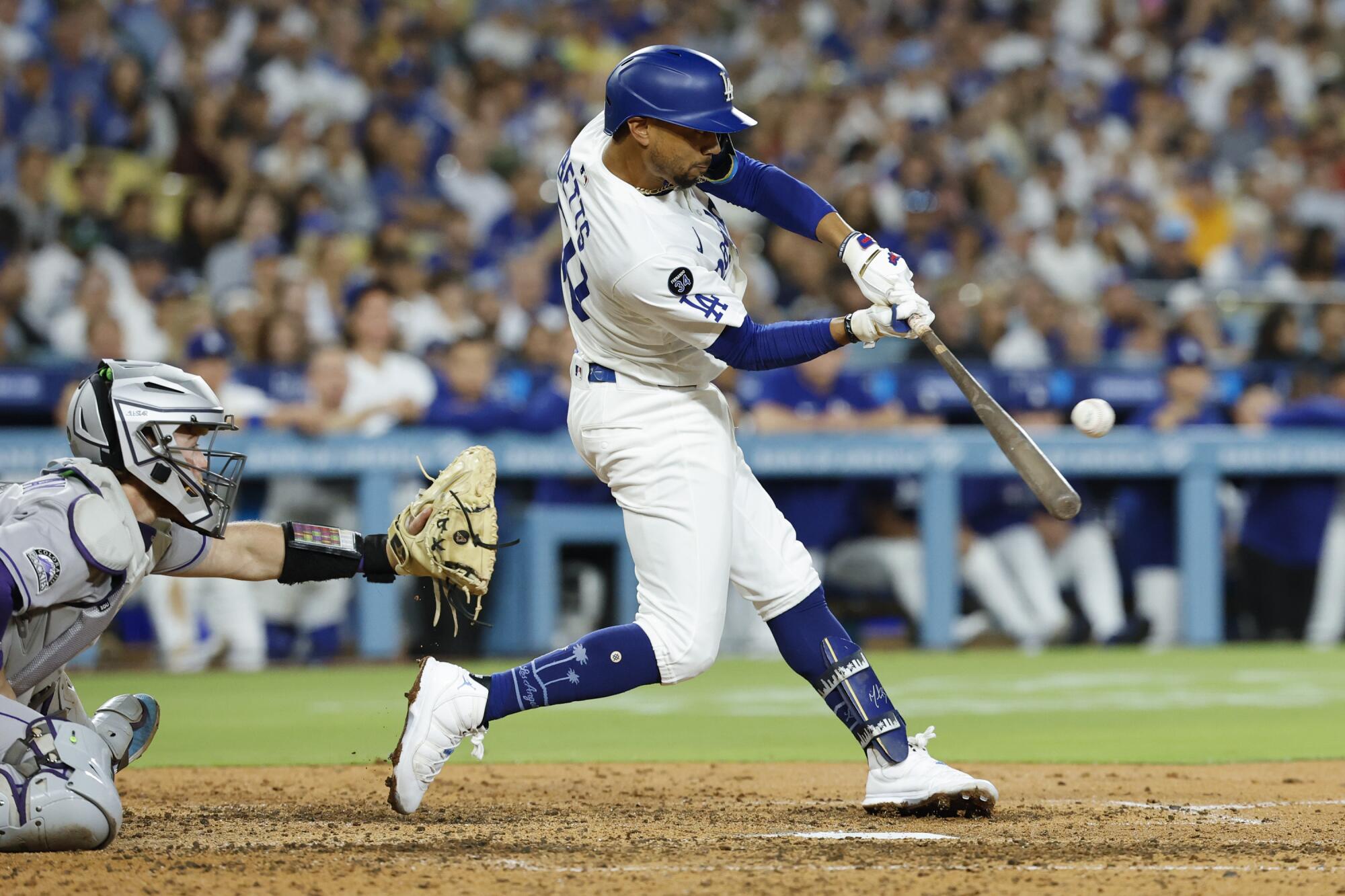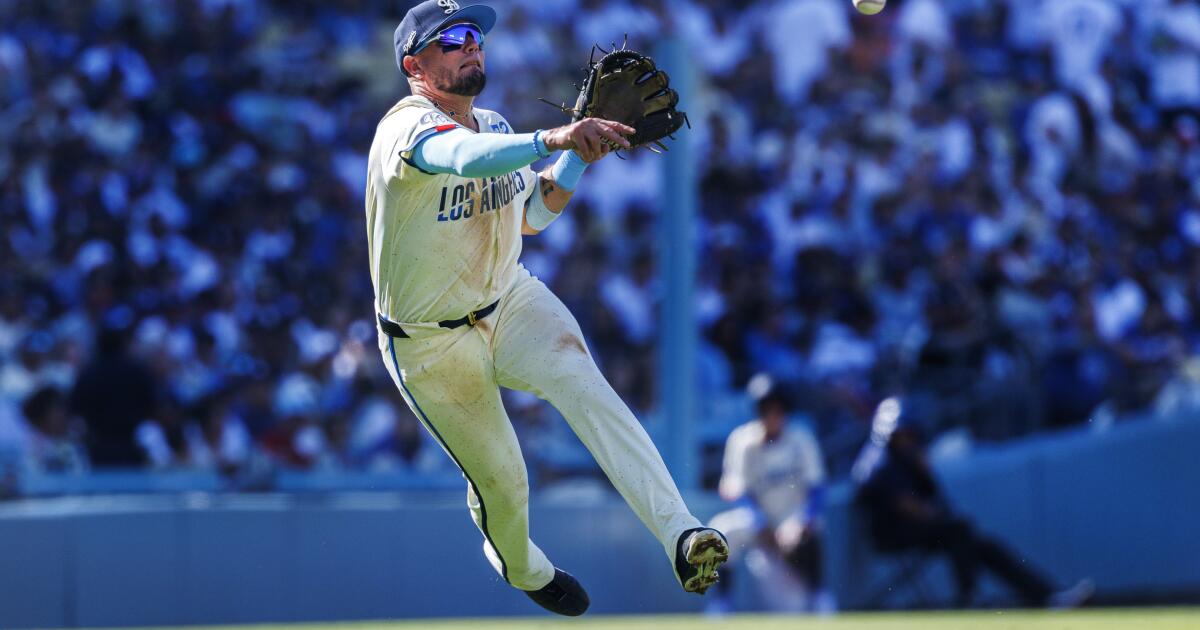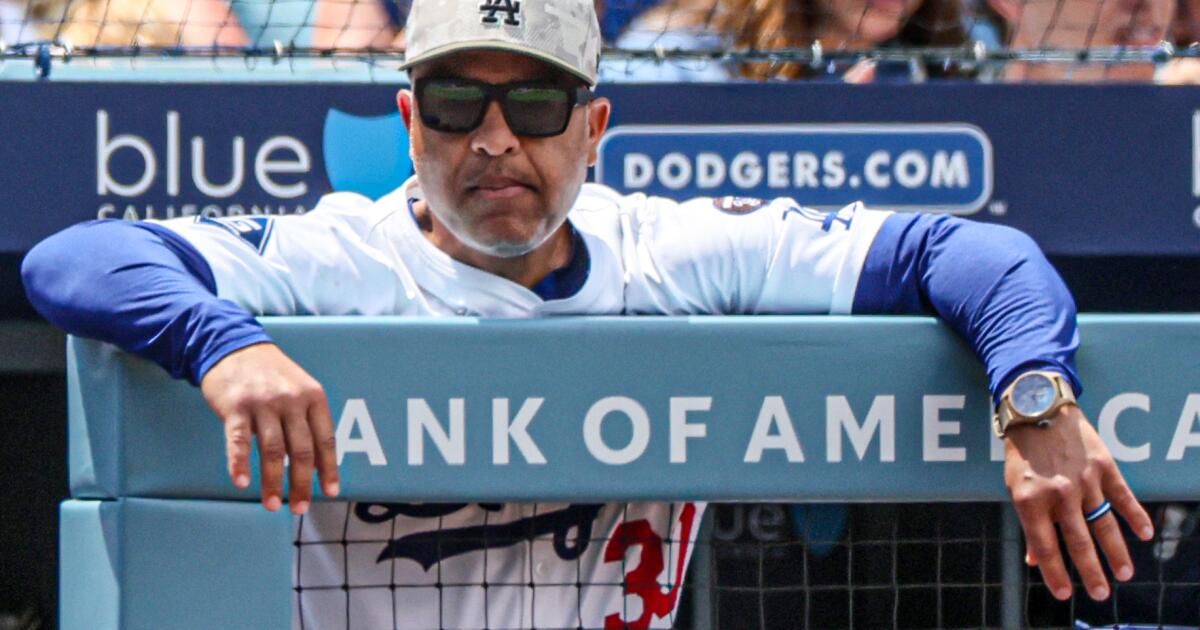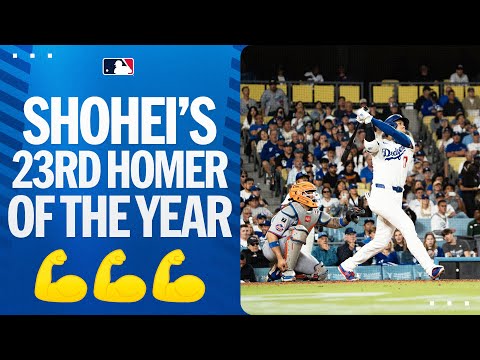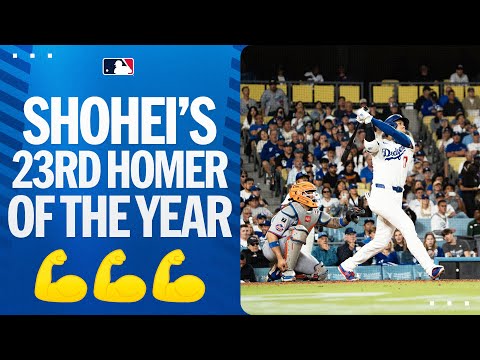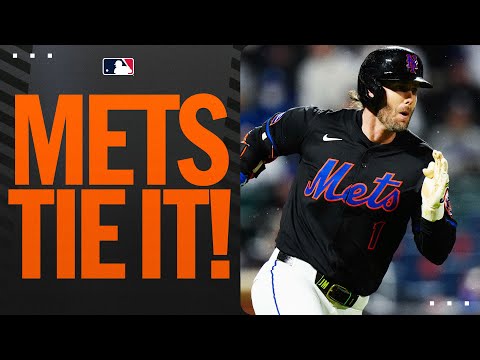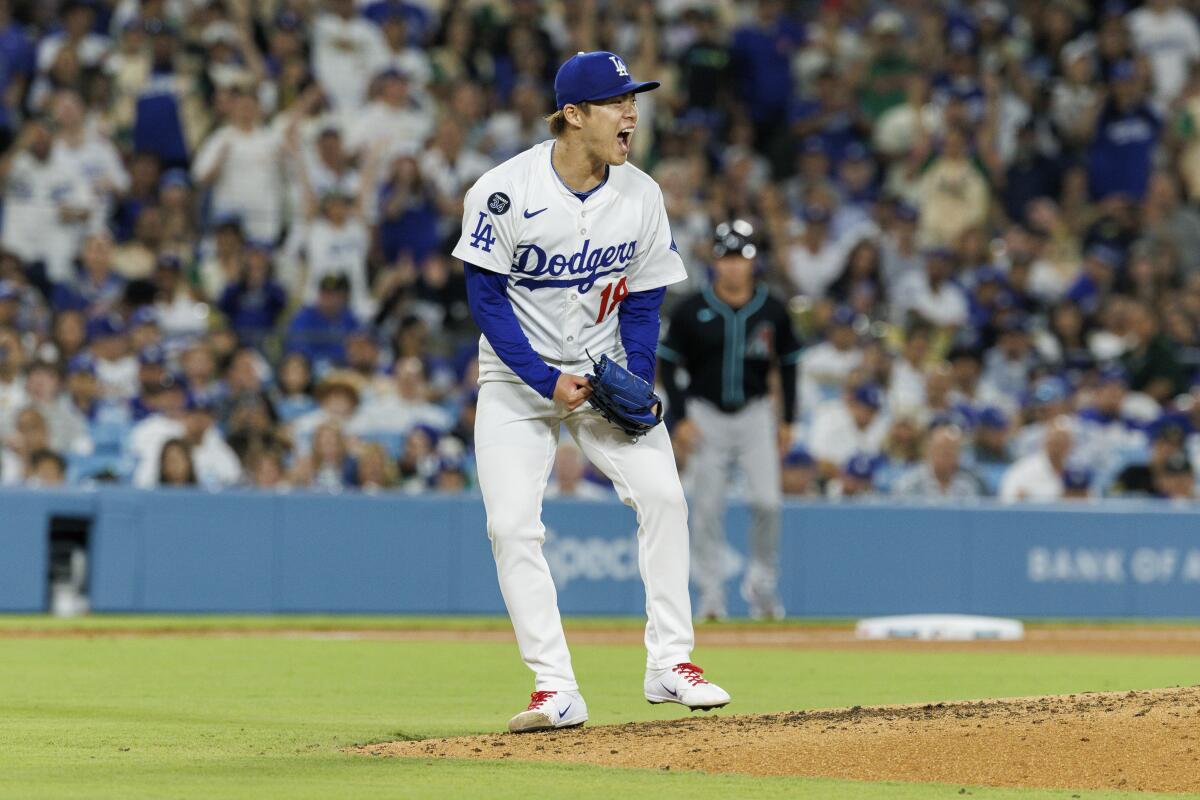Is Roki Sasaki the Dodgers’ closer now? Why it’s undeniable
The Dodgers aren’t ready to call Roki Sasaki their closer, but who are they kidding?
Sasaki is their closer.
When the 23-year-old rookie from the Japanese countryside stepped onto the October stage on Wednesday night, he revealed himself to be more than the team’s best late-inning option.
He showed he was special.
He was Reggie-Bush-exploding-through-the-Fresno-State-defense special.
He was Allen-Iverson-crossing-up-Michael-Jordan special.
He was Yasiel-Puig-doubling-off-a-runner-for-the-final-out-in-his-debut special.
“Wow,” third baseman Max Muncy said. “Really, all you can say is wow.”
Watching Sasaki pitch the final inning of a two-game sweep of the Cincinnati Reds in their National League wild-card series, the patrons at Dodger Stadium at once recognized the novelty of his act. The same crowd that can’t distinguish home runs from fly balls was chanting his first name throughout the ballpark after just two pitches.
Sasaki threw seven fastballs in the perfect inning, and six of them were faster than 100 mph. The other was clocked at 99.8 mph.
With a forkball that looked as if it were dropping perpendicular to the ground, he struck out the first two batters he faced. Spencer Steer and Gavin Lux had no chance.
“That guy is gross,” reliever Tanner Scott said.
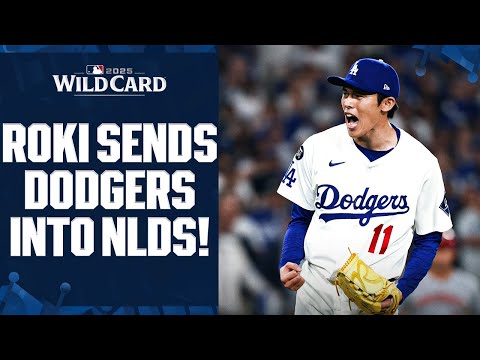
The 11-pitch performance by Sasaki was why the 8-4 victory in Game 2 felt so different from the 10-5 win in Game 1. In both games, the bullpen created messes in the eighth inning. Game 1 left the Dodgers questioning how they could defend their World Series title with such an unreliable group of relievers. Game 2 offered them a vision of how they could realize their ambition.
“That’s what we need right there,” Muncy said.
Sasaki was the last card in the deck for the Dodgers, who gave up on Scott before the playoffs even started. They experimented with some less experienced arms, but none of them performed well. Edgardo Henriquez and Jack Dreyer were part of a dispiriting three-run eighth inning against the Reds in Game 1. Converted starter Emmet Sheehan was part of another eighth-inning meltdown in Game 2, as he retired just one of the five batters he faced, and that was on a sacrifice fly that drove in a run. Sheehan was charged with two runs.
By the time Sasaki started warming up in the bottom of the eighth inning, he might as well have already inherited the closer role by default. The other candidates had pitched their way out of consideration.
Never mind that Sasaki had never pitched in relief in either the United States or Japan until he did so on a recent minor-league rehabilitation assignment. Sasaki pitched out of the bullpen twice in the major leagues in the final days of the regular season, and he was about as promising a bullpen possibility as they had.
So when Sasaki emerged from the bullpen against the Reds, fans in every section of Dodger Stadium stood to applaud. Sasaki represented their final hope.
Once on the mound, Sasaki delivered a performance that was as aesthetically pleasing as it was effective.
The high leg kick. The athletic delivery. The velocity and precision of his fastball.
Words couldn’t accurately describe what he did, so his teammates didn’t bother trying.
“You guys saw the same thing I did,” catcher Ben Rortvedt said.
Dodgers management was reluctant to say anything definitive about Sasaki’s role moving forward.
Was Sasaki the new closer?
“He’s going to get important outs for us,” president of baseball operations Andrew Friedman replied.
Asked the same question, manager Dave Roberts offered an equally ambiguous answer.
“I trust him,” Roberts said, “and he’s going to pitch in leverage.”
As guarded as Friedman and Roberts were, they couldn’t conceal the truth. Something fundamentally changed for the Dodgers on Wednesday night: They found their ninth-inning pitcher.
Sasaki is their closer.


